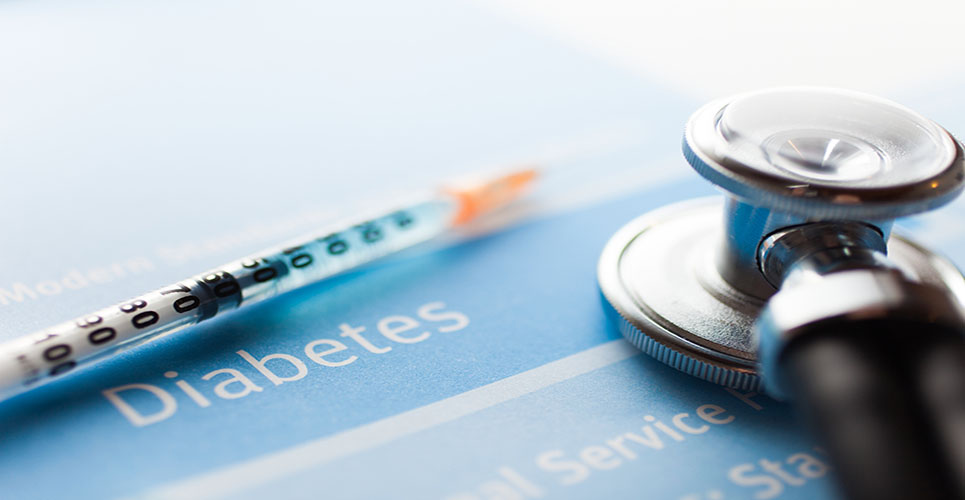Takeda Pharmaceutical International GmbH (Takeda) today announced new two-year data on the efficacy and safety of alogliptin in patients with type 2 diabetes mellitus, which will be presented at the 73rd Scientific Sessions of the American Diabetes Association (ADA).
Results from ENDURE (Durability of the Efficacy and Safety of Alogliptin Compared to Glipizide Over 2 Years When Used in Combination with Metformin), showed that the efficacy of alogliptin was sustained for two years in patients with type 2 diabetes, with notably less hypoglycemic epi
Takeda Pharmaceutical International GmbH (Takeda) today announced new two-year data on the efficacy and safety of alogliptin in patients with type 2 diabetes mellitus, which will be presented at the 73rd Scientific Sessions of the American Diabetes Association (ADA).
Results from ENDURE (Durability of the Efficacy and Safety of Alogliptin Compared to Glipizide Over 2 Years When Used in Combination with Metformin), showed that the efficacy of alogliptin was sustained for two years in patients with type 2 diabetes, with notably less hypoglycemic episodes and no negative impact on weight compared with glipizide.(1)
“Type 2 diabetes is a complex condition that progresses over time. Despite the availability of a range of treatment options many patients still fail to meet blood glucose targets or experience unacceptable levels of hypoglemic episodes,” said Professor Del Prato, lead investigator of ENDURE and Director of the Department of Endocrinology and Metabolism, University of Pisa, Italy. “In this study, more patients taking alogliptin in combination with metformin achieved glycemic targets versus a sulphonylurea without compromising on the risk of hypoglycemia.”
The data from ENDURE, a three-arm, multicentre, randomised, parallel, double-blind, active-controlled study, demonstrated that reductions in HbA1c were greater at week 104 with alogliptin in combination with metformin (-0.68% and -0.72% for the 12.5 and 25mg groups respectively) compared with glipizide (-0.59%). At week 104, more patients achieved HbA1c ≤ 7% with alogliptin 25mg (48.5%) compared with glipizide (42.8%, p=0.004) in combination with metformin; the proportion for the 12.5 mg alogliptin group was 45.6%.(1)
The number of patients experiencing one or more adverse event was similar across all three treatment groups, although a lower incidence of hypoglycemia was reported in the alogliptin groups (2.5% and 1.4% of patients in the 12.5 and 25mg groups respectively, compared with 23.2% of patients in the glipizide group).(1)
Additionally, decreases in mean weight of 0.68 and 0.89kg were seen in the alogliptin 12.5 and 25mg groups respectively, compared to an increase in mean weight of 0.95kg seen with the glipizide group (p<0.001 for both alogliptin decreases versus glipizide).(1)
The European Medicines Agency (EMA) has accepted Marketing Authorization Applications (MAAs) for alogliptin and fixed dose combination (FDC) therapies with either metformin or pioglitzone. The EMA Committee for Medicinal Products for Human Use (CHMP) is expected to adopt an opinion for alogliptin and the FDC therapies in 2013.
Alogliptin and the fixed dose combination (FDC) therapies with either metformin or pioglitzone have been approved by the US Food and Drug Administration (FDA) as an adjunct to diet and exercise to improve glycemic control in adults with type 2 diabetes mellitus and will be available in the US this month.
Reference
- Del Prato S, Camisasca R et al. Durability of the Efficacy and safety of Alogliptin Compared to Glipizide over 2 Years When Used in Combination with Metformin. Poster #66-LB presented at the 73rd Scientific Sessions of the American Diabetes Association (ADA), Chicago, Illinois, June 21-25, 2013.
